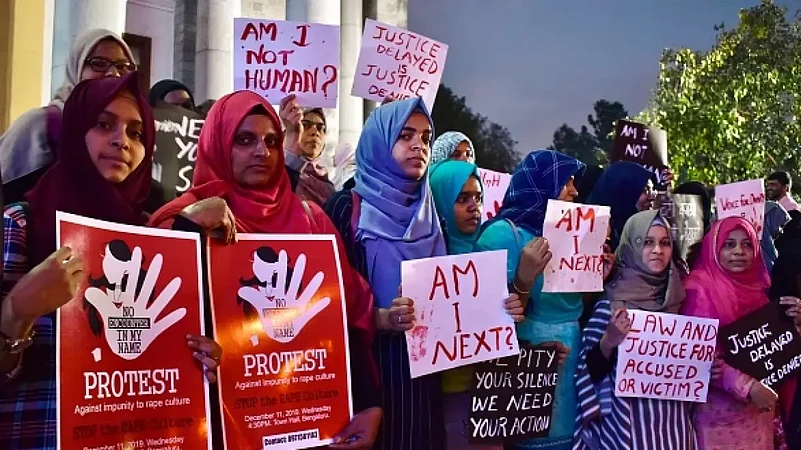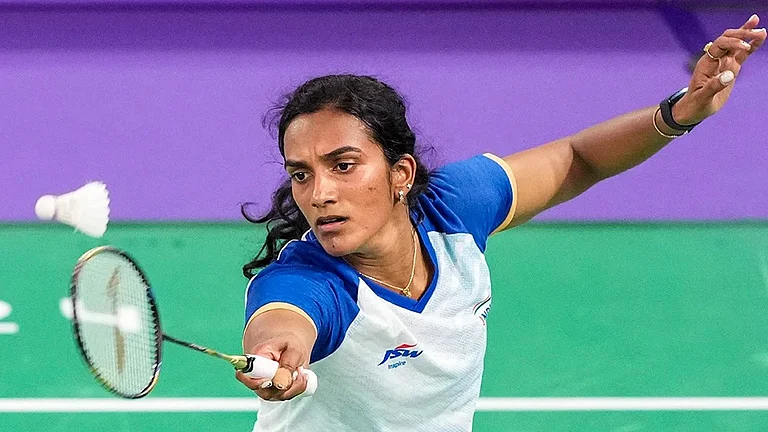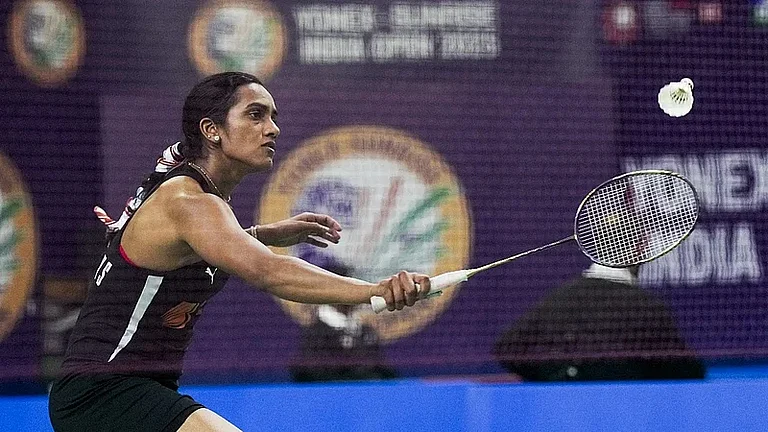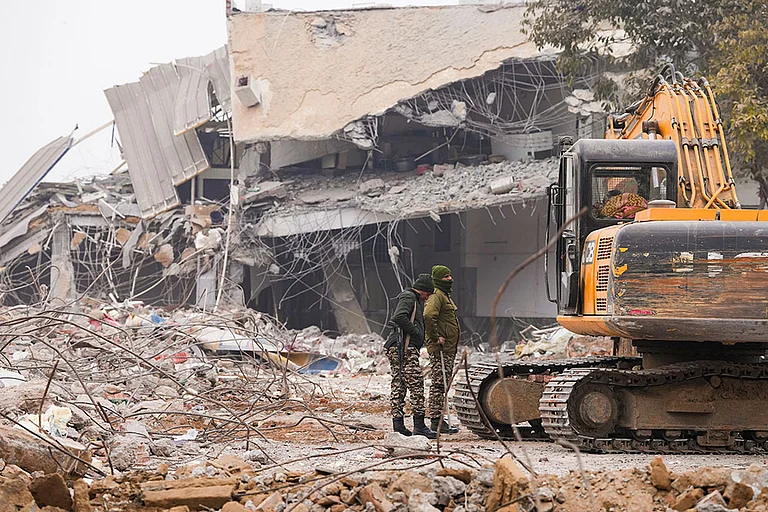Crimes reflect social reality and the latest National Crime Record Bureau (NCRB) data underlines the seriousness of it. In India, the social reality framed by the NCRB data shows the vulnerabilities of women and marginalised sections. The annual report, released earlier this month, reveals a harrowing surge in crimes against women with a staggering 4,45,256 cases registered in 2022 alone. The data is equivalent to nearly 51 FIRs every hour, which reflects a grim escalation compared to 2021 and 2020.
Similarly, crimes against senior citizens, Scheduled Castes (SC), Scheduled Tribes (ST), and economic offences showed a massive increase. A total of 57,582 cases were registered for committing crimes against SCs in 2023 while a total of 10,064 crimes were registered against ST, showing an increase of 13.1 per cent and 14.3 per cent, respectively, compared to 2021.
Most of the cases against women included cruelty by the husband or his relatives, kidnapping and abduction of women, assault on women with intent to outrage her modesty and rape.
Although Uttar Pradesh recently banned women from attending tuition after 8 pm, allegedly to keep them safe, the state shouldered the most number of crimes against women. According to the data, most of these have been faced within one’s family.
When it comes to “offences against the state”, Jammu and Kashmir, Manipur, Assam, and Uttar Pradesh together registered over three-fourths of all UAPA cases in India in 2022, with 1005 cases being registered. It saw a sharp rise in the past three years.
While the UAPA cases against people have jumped 23 per cent, the number of cases against civilians by the state has jumped around 8.6 per cent. Outlook looks at the probable political implications of the sharp rise in terms of authoritarianism of the state.
Outlook also analyses the crime rate against Adivasis at a time when the ruling party has been trying to woo the Adivasi constituency for the last few years. The number of atrocities against them has increased significantly in the last year and what does this data mean to Adivasi and Dalit communities? Will it affect the BJP in the upcoming elections?
Further, looking at the data on crime against women, there has been complete silence on this matter by the opposition in the Parliament whereas every party has put their stake in women's representation. What are the factors that are restraining them?


























